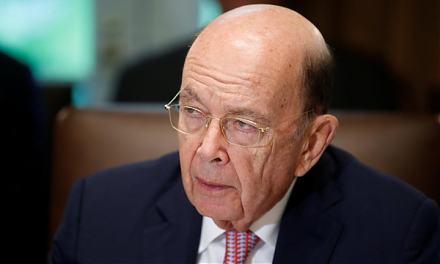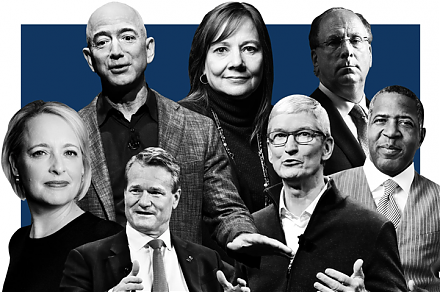

2018-10-25 10:36:00 Thu ET
technology antitrust competition bilateral trade free trade fair trade trade agreement trade surplus trade deficit multilateralism neoliberalism world trade organization regulation public utility current account compliance
Trump tariffs begin to bite U.S. corporate profits from Ford and Harley-Davidson to Caterpillar and Walmart etc. U.S. corporate profit growth remains high at 22% as of October 2018, but fewer S&P 500 companies manage to beat stock analyst estimates of both bottom-lines and sales. This lackluster stock performance erodes investor sentiment and thus contributes to the recent sharp sell-off in equities. The negative ripple effects and externalities spread to East Asian and European stock markets.
On the quiet western front, President Trump remains rather bellicose toward China, whereas, the Chinese trade delegates, diplomats, and negotiators etc become less belligerent and less truculent in the Sino-U.S. trade standoff. In the meantime, the Federal Reserve continues the current neutral interest rate hike to contain inflation and wage growth in America. Key greenback appreciation arises as a result of this current interest rate hike. As a consequence, U.S. dollar appreciation exacerbates the bilateral trade deficit between America and China.
In this light, the Trump administration may or may not be able to effectively curb the current bilateral trade deficit with China. The Federal Reserve monetary policy reaction can lead to U.S. dollar appreciation that inevitably weakens the impact of Trump tariffs on Chinese imports.
If any of our AYA Analytica financial health memos (FHM), blog posts, ebooks, newsletters, and notifications etc, or any other form of online content curation, involves potential copyright concerns, please feel free to contact us at service@ayafintech.network so that we can remove relevant content in response to any such request within a reasonable time frame.
2018-09-03 09:31:00 Monday ET

Amazon follows Apple to become the second American public corporation to hit $1 trillion stock market valuation. Amazon's founder and chairman Jeff Bezo
2019-01-13 12:37:00 Sunday ET

We need crowdfunds to support our next responsive web design and iOS and Android app development. Upon successful campaign completion, we will provide an eb
2018-08-03 07:33:00 Friday ET

President Trump escalates the current Sino-American trade war by imposing 25% tariffs on $200 billion Chinese imports. These tariffs encompass chemical prod
2018-04-26 07:37:00 Thursday ET

Credit supply growth drives business cycle fluctuations and often sows the seeds of their own subsequent destruction. The global financial crisis from 2008
2020-11-17 08:27:00 Tuesday ET

Management consultants can build sustainable trust-driven client relations through the accelerant curve of business value creation. Alan Weiss (2016)
2023-05-31 11:27:00 Wednesday ET

What are the top global risks in trade, finance, and technology? In this macro report, we focus on the current global risks from inflation and growth con